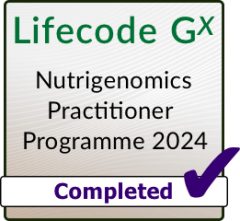Reference Number: 566
Year: 1998
Link: Link to original paper
Nutrition: Resistant starch
Summary
Abstract
Resistant starch (RS) has been defined as the sum of starch and starch-degradation products that reach the human large intestine (Champ, 1994), and it is now regarded as a sub-fraction of starch with a positive impact on colonic welfare and lipid metabolism. An early estimate of the RS intake in Europe gave an average value of approximately 4 g/d (Dyssler & Hoffem, 1994a). However, since no information is available for Italy, the aim of the present study was to estimate the intake of RS in the Italian diet by direct analysis of RS in a range of typical foods representing the main sources of starch intake in the country. The selection of representative foods and of food consumption data were based on published results of the National Food Consumption Study conducted during the 1980s by the National Institute of Nutrition on 10 000 households, using weighed-food records plus inventory methodologies (Saba et al. 1990; Turrini et al. 1991). Three main groups of foods were considered: cereals (pasta, rice, bread and bread products, and pastries), potatoes, legumes. Different commercial brands for each sample were purchased, according to the known presence on the market. Samples were prepared ‘as eaten’ and submitted to simulated chewing, followed by total and resistant starch determination using the enzymic procedure published as a result of the EC Concerted Action EURESTA (Champ, 1992). From these results, the estimated average intake of RS in Italy was found to be 8.5 g/d, with regional differences (from 7.2 g/d in the north-west to 9.2 g/d in the south) mainly due to the different consumption of some typical Italian starchy food (bread, pasta, legumes).
Significance for a baker:
This study estimates the intake of resistant starch in Italy based on average diet in different regions of the country. Resistant starch is a dietary fibre and can be studied at research level here. By increasing the fermentation time when baking sourdough, we can increase the amount of resistant starch present in the bread. This supports the growth of positive gut microbes, as well as having other health benefits, such as the ability to lower blood sugar levels.

